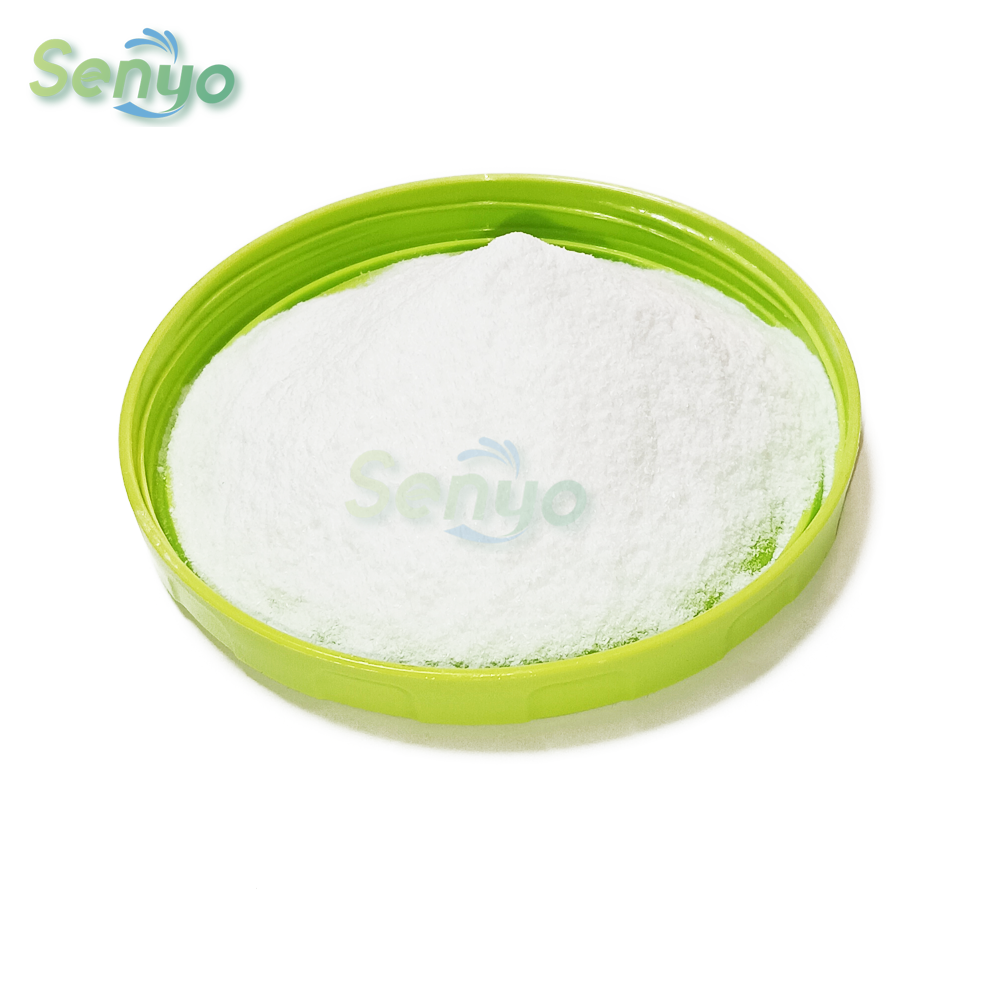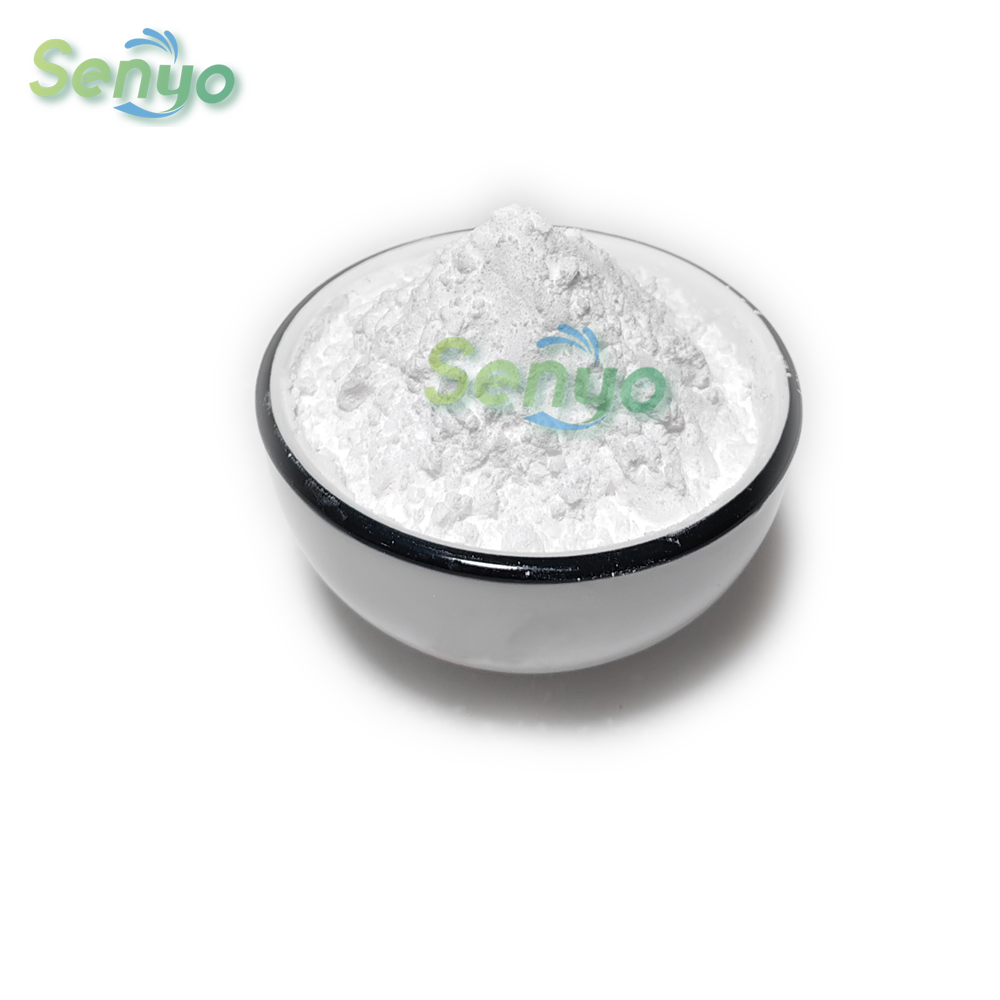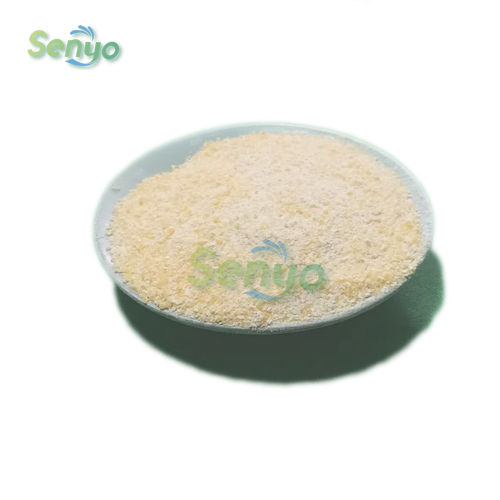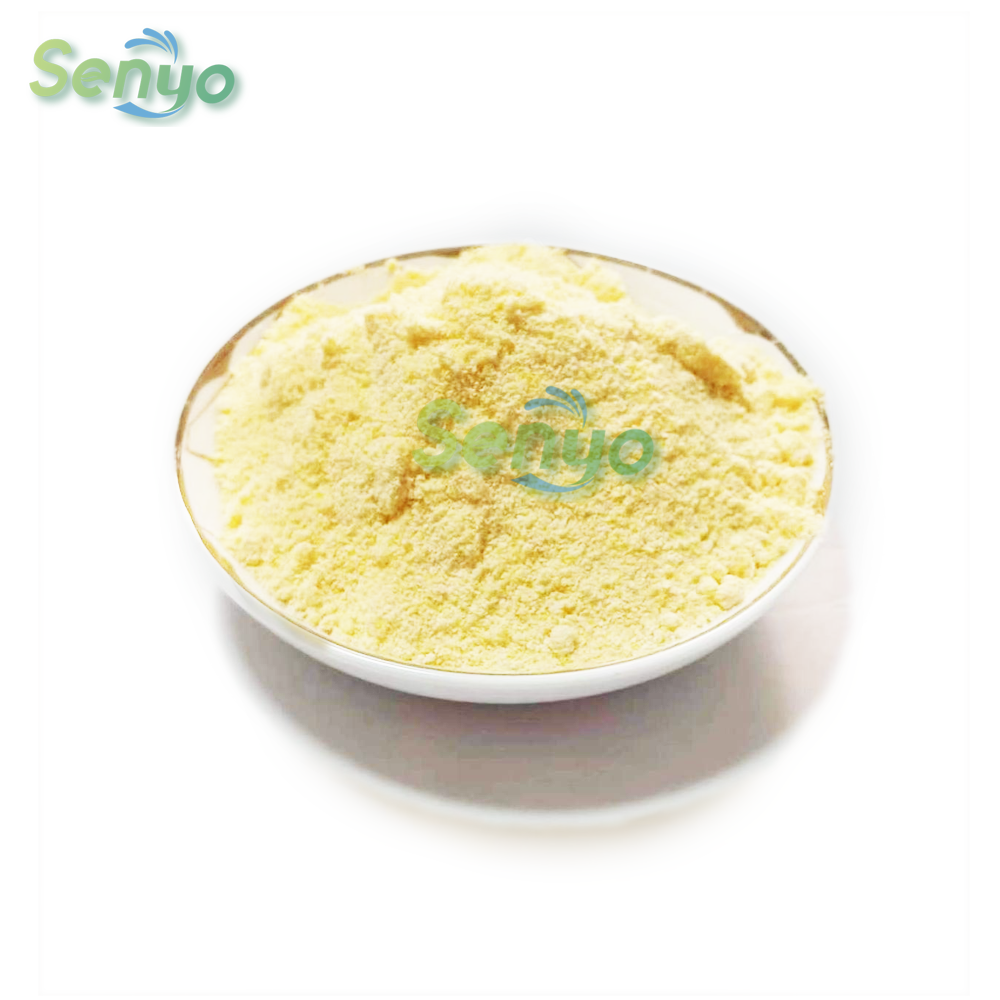Self-tanning products have gained significant popularity in recent years as individuals seek a sun-kissed glow without the harmful effects of UV radiation. At the core of these products lies a remarkable ingredient called dihydroxyacetone (DHA).
DHA, scientifically known as dihydroxyacetone, is a colorless sugar molecule derived from plant sources such as sugar beets or sugar cane. Chemically, it is a ketose, belonging to the class of carbohydrates. 1,3-Dihydroxyacetone(DHA) is widely recognized as the primary active ingredient in self-tanning products.
When Dihydroxyacetone(DHA) comes into contact with the amino acids present in the outermost layer of the skin, a chemical reaction called the Maillard reaction occurs. This reaction leads to the formation of melanoidins, which are brown-colored compounds responsible for the tanned appearance.
During the Maillard reaction, 1,3-Dihydroxyacetone(DHA) reacts with the amino acids in the skin, primarily those found in the proteins. The reaction takes place on the surface of the dead skin cells, known as the stratum corneum. This outer layer of the skin acts as a canvas for the DHA, allowing it to create a temporary pigmentation that mimics a suntan.
Melanoidins, the resulting compounds from the interaction between 1,3-Dihydroxyacetone(DHA) and amino acids, are responsible for the brown coloration. These melanoidins darken the skin gradually over a period of several hours, typically peaking within 24 to 72 hours after application. It is important to note that the depth of color achieved depends on various factors, including the concentration of 1,3-Dihydroxyacetone(DHA) in the product and individual skin characteristics.
1,3-Dihydroxyacetone(DHA) serves as the primary active ingredient responsible for the tanning effect on the skin. When applied topically, it interacts with the amino acids in the outermost layer of the skin, leading to the formation of melanoidins and the subsequent development of a tan-like appearance. The inclusion of DHA in self-tanning products ensures a safe and effective way to achieve a desired sun-kissed glow without exposing the skin to harmful UV radiation.
Quick Details:
Appearance | White to off-white powder |
Assay | 98.0% min |
Water | 0.4%max. |
Residue on Ignition | 0.4% max. |
PH Value | 4.0~6.0 |
Main Functions:
※1,3-Dihydroxyacetone(DHA) acts as the active ingredients in self-tanners
※1,3-Dihydroxyacetone(DHA) creates a tan-like effect without the harmful effects of UV radiation
※Self-tanners added 1,3-Dihydroxyacetone(DHA) are suitable for all skin types
Application:
※Cosmetic sprays, lotions, mousses, gels, wipes and so on



